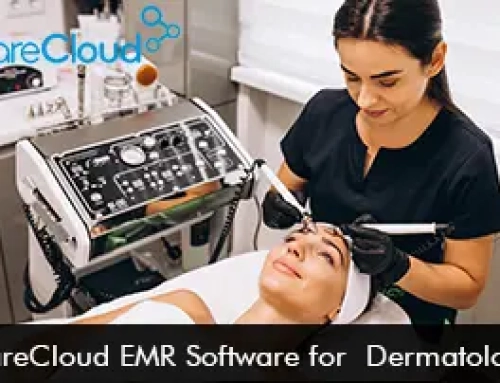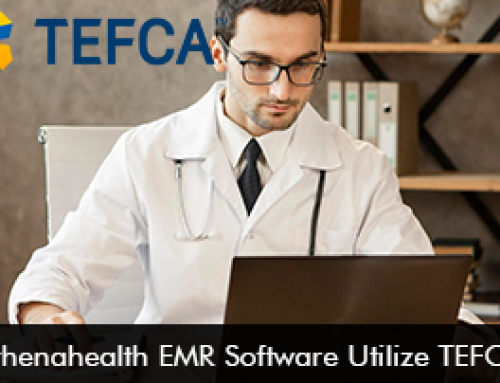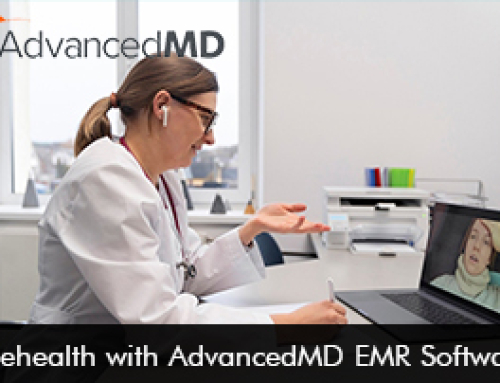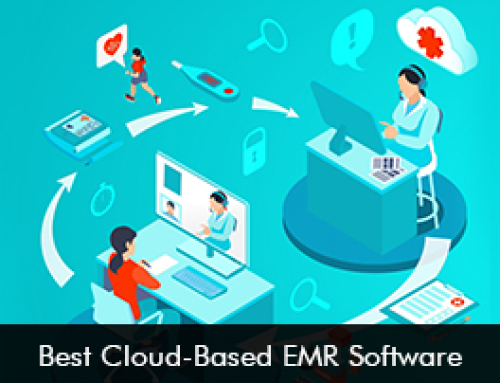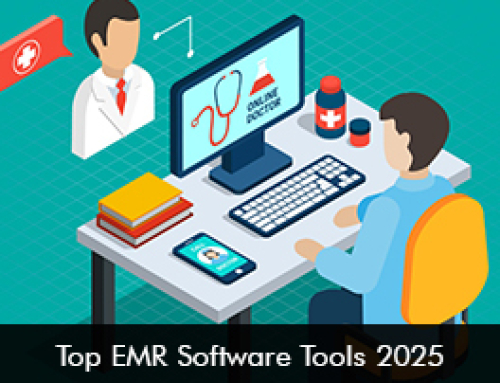Since the 1980s Radiology has been relying heavily on Software and Digital Imagery. Since then, many vendors have overtime developed robust Radiology Information Systems (RIS) to cater to the unique needs of the radiology centers. RIS Software are now able to manage the operational and administrative data and automates workflows. They can now run through a wide range of diagnostic imaging.
Features of Radiology Information Systems
To have a good understanding of how the software works, it is advisable to learn about the different features and functionalities of the software. Before choosing a Radiology Information System, we should check if the software has the following key features as per the 2020 Radiology Information Systems Buyer’s Guide:
Dictation support system – RIS must offer in-app voice recognition or integration with other party solutions for clinical reporting and dictation
E-faxing and emails – RIS should be able to transmit image results to electronic systems and physicians who ordered the results
Patient Portal – Radio Information System should include patient portals to send results images so that patients can use them
Dashboards and reports – Radio Information System should include an insightful real-time dashboard to track trends
Automated Referral System – Radio Information System should include an automated referral system for efficient tracking
HL7 interface – Radiology Information Software must enable integration with other electronic medical records systems (e.g. picture archiving and communication systems (PACS), hospital information systems (HIS), etc.)
Top 10 Radiology Information Systems 2020
There are a lot of RIS vendors that provide the software you need. To narrow the selection down here are our top picks:
-
Practice Fusion EHR Software
-
MedicsPremier by Advanced Data Systems
-
Kareo Clinical EMR Software
-
PatientNOW EMR Software
-
NextGen Healthcare Software
-
NueMD EHR Software
-
RXNT EMR Software
-
Sevocity EHR Software
-
ARIA® Oncology Information System
-
TotalMD PM Software
Make sure the software you’re going to purchase is certified. For pediatrics, the certification you should be looking out for is by the ONC-Authorized Testing and Certification Body (“ONC-ATCB”). They are responsible for making sure your vendor meets Meaningful Use objectives and is HIPAA compliant.



